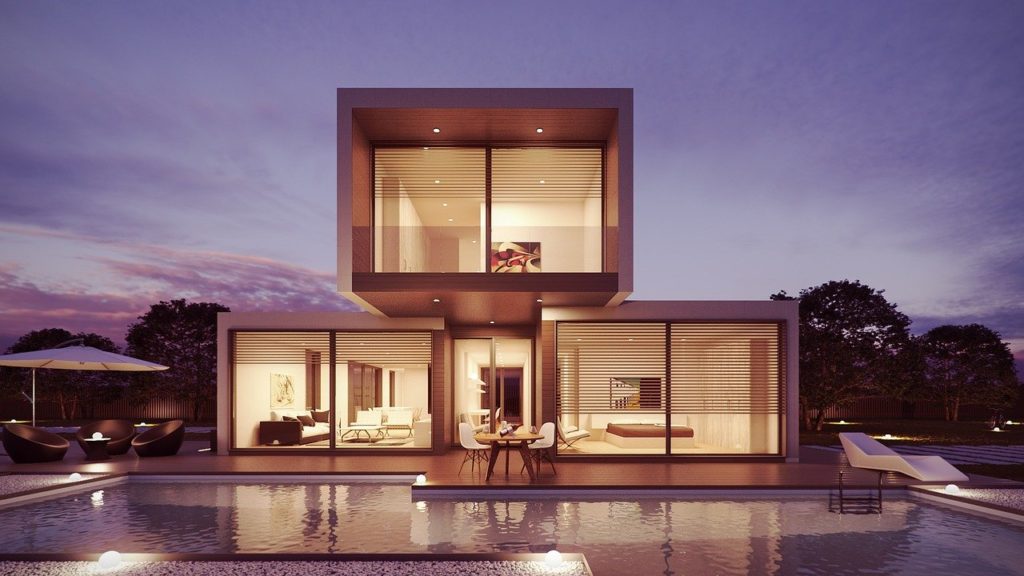
The roof on any home or building is a vital part of the structure that offers protection and stability. It is important to find the right roofing system for the specific building that will meet the needs of the home or business. For many homes and buildings, flat roofing may be the best option.
Before deciding on a flat roofing system, it is important to understand the pros and cons of flat roofing. This will help property owners make an informed decision and choose the option that best supports their needs.
Pro: Cost of Installation
Flat or low-slope roofing systems cover a lot less surface area than a pitched or steep-slope roofing system. The lower the surface area, the fewer materials are needed to create the flat roof. This not only lowers the cost of materials but can also reduce the cost of labor. Property owners can learn more about DD Roofing here.
Con: Cost of Maintenance
Although flat roofs are not completely flat, they can still have issues with standing water. This can cause damage and leaks more often than pitched roofs. This requires frequent maintenance and repairs over the lifetime of the roof.
Flat roofs also have a shorter lifespan than the average pitched roof. Although there are some newer membrane systems that offer longer warranties, an area with a lot of rainfall may still see the quick deterioration of a flat roof.
Pro: More Space in Building or Home
A flat roof can provide extra space for homes and buildings. Instead of an attic space that has a sloped ceiling in a pitched roofed home, the ceiling will be flat and allow for a regular bedroom or other space inside the home.
In various commercial buildings, a flat roof can provide an area where major appliances, machines, and storage can be placed instead of inside the building. For example, instead of taking up space inside the building, heating and cooling systems can be placed on the roof.
Con: Roof Penetrations
There is a greater risk of leaks when there are penetrations in the roof. Heating and cooling systems, pipes, and other things that go through the roof can make the installation and maintenance of the roof more complicated and costly. They can also be a major source of leaks if flashing is not properly installed or maintained.
Pro: Energy Efficiency
Flat roofing systems are well-known for being more energy efficient than some pitched roof systems. This is due to the insulation of the roofing system. Often, a membrane system is used that provides rigid insulation to keep water out. In turn, it also provides a great barrier to heat transfer.
Con: Susceptible to Damage
Although the membrane on a flat roofing system provides great protection against water and heat transfer, it is more susceptible to damage than pitched roofs face. Fallen branches or debris during a storm can pierce the membrane and cause leaks.
A flat roof allows easier access and maintenance of the roof. Unfortunately, the more foot traffic the roof has, the more likely this membrane can be damaged. If you’re planning to use the flat roof space for a deck or other regular traffic, it may be a good idea to discuss decking options with the contractor.
Although there are many benefits and disadvantages of a flat roof, it is a choice that is best decided by the property owner. Some benefits may far outweigh the disadvantages, depending on the needs of the property owner.



Leave a Reply